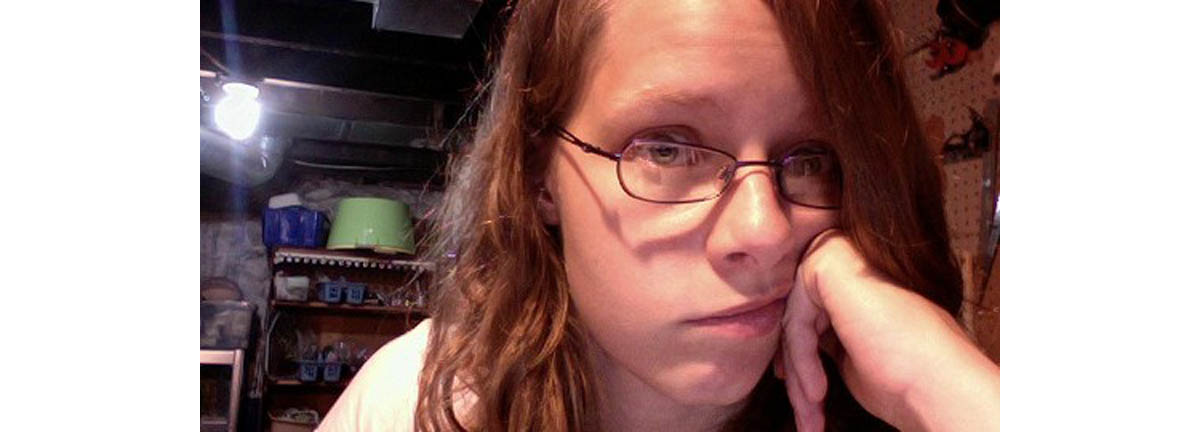Table of Contents
The discovery of a common cause of sinus problems, allergies, hay fever, and, in infants and toddlers, also asthma, suggests some new, practical ways of dealing with sinusitis. There's no reason to throw your neti pots and nasal sprays away, but there are a lot more things you can do to make sinusitis a lot more bearable. Here's a look at the steps you can take to make your life better now.

1. Stop sinus infections before they start by keeping hay fever under control.
If you don't get hay fever, you don't get swollen sinuses. If you don't get swollen sinuses, they don't harbor the viruses and bacteria that can multiply into numbers great enough to cause infection.
How can you stop hay fever? One way to alleviate the symptoms of seasonal allergies is to eat more fruit. An apple a day helps keep the hay fever away, by virtue of its content of quercetin, which is a natural, non-drowsing antihistamine.
Sometimes the secret for stopping nasal allergies is as simple as keeping the windows closed at night. Many grasses pollinate in the early morning, or what you may consider to be the evening — the exact time at which most people "air" their homes.
And if you can't control your hay fever naturally, using a prescription hay fever reliever will at least stop the cycle of inflammation before you are dealing with days, weeks, and months of sinus pain.
2. Avoid exposure to parasites.
We typically think of parasites in terms of food-borne parasites, but the most common parasite in most of the developed world, especially in the USA, is the bed bug. Bed bugs are tiny, oval, blood-sucking insects that come out at night to bite people in their sleep and retreat to their daytime homes in the corners of mattresses and in upholstery and dirty clothes.
The bed bug's saliva contains a natural anesthetic and a proteolytic enzyme that acts as a "meat tenderizer," the flesh that is being tenderized your own. These chemicals cause allergic reactions that also lead to inflammation of the sinuses. Getting rid of bed bugs isn't easy; poisons simply don't work, and heat treatments (heating the entire house to get rid of the bugs) tend just to chase the bugs from one hiding place to another. A glue trap known as a "Bed Buggy," however, is used with considerable success.
3. Avoid stimuli that make you gasp or gag.
The third way to reduce the risk of sinusitis is to avoid activating the nasal-bronchial reflex reaction. Anything that literally takes your breath away, suddenly, will also close off your sinuses. This means you need to avoid drafts, coming in from the cold suddenly or going out from an air conditioned room into heat outdoors suddenly, chemical fumes, and vigorous exercise without training for it. In other words, your grandmother wasn't entirely wrong.
Exercise can trigger asthma. It can also trigger sinusitis. This doesn't mean that you shouldn't exercise, it only means that you should build up to heavy aerobic exertion rather going at full speed after long periods of inactivity. Pushing your limits during weight training, however, is OK.
Controlling asthma and hay fever, and making sure infants and toddlers get treatment for eczema, gives you an edge on sinus problems. Nasal sprays and neti pots are fine for treatment, but prevention gives you a much higher quality of life. Why treat the symptoms when you can deal with the root cause of your sinustitis, instead?
- Caimmi D, Marseglia A, Pieri G, Benzo S, Bosa L, Caimmi S. Nose and lungs: one way, one disease. Ital J Pediatr. 2012 Oct 25. 38:60. doi: 10.1186/1824-7288-38-60. Review.
- Wilson NW, Hogan MB, Harper CB, Peele K, Budhecha S, Loffredo V, Wong V. Sinusitis and chronic cough in children. J Asthma Allergy. 2012. 5:27-32. doi: 10.2147/JAA.S31874. Epub 2012 Jul 3.
- Photo courtesy of 65047661@N00 on Flickr: www.flickr.com/photos/65047661@N00/4603767590
- Photo courtesy of woahlindsa on Flickr: www.flickr.com/photos/woahlindsay/3733812418


Your thoughts on this